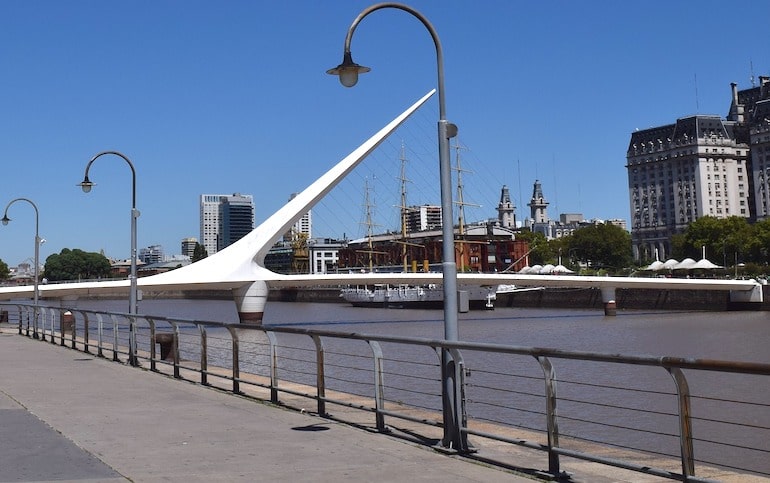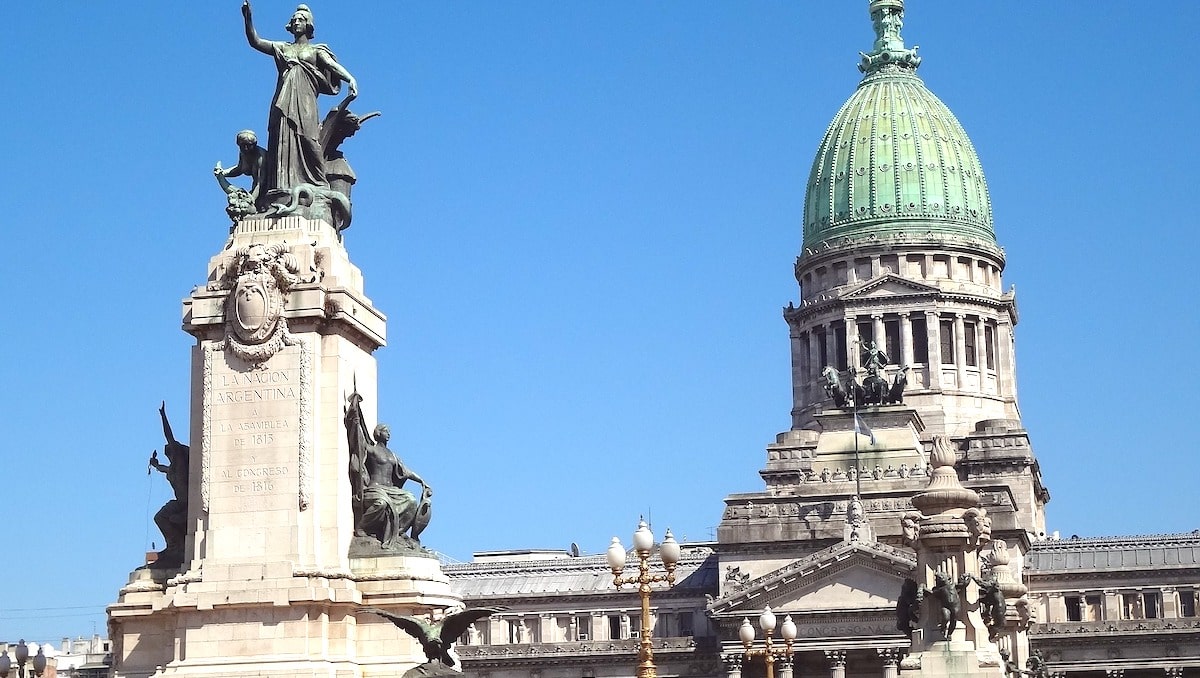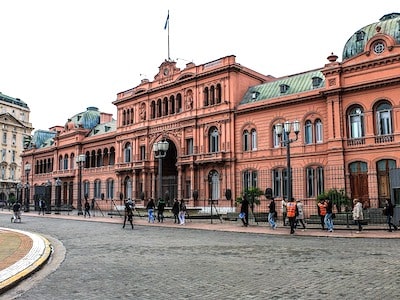Buenos Aires is a slice of Europe in the Americas when you look at its grand Parisian boulevards, feel the Italian spirit in La Boca and San Telmo neighborhoods, or sense the Spanish genes in the lively nightlife. But Buenos Aires also has its very own seductive soul, and not just through its sensual tango dancing. It's a city that continues to shine through its rich arts scene and creative energy, fuelled by young contemporary designers, artists, and chefs.
There's the famous Recoleta Cemetery, the Casa Rosada, and the landmark Obelisk, but the more recent MALBA museum should also top the list of attractions. It symbolizes the city's new identity as a dynamic and cutting-edge destination, as do the new centers of contemporary culture and architecture in Puerto Madero.
Add the world-class steakhouses and intelligent fusion cooking, mix the colorful cafés and street tango, and you have one of the world's coolest and most passionate cities.
What to See and Do in Buenos Aires
Decide what you really want to see in Buenos Aires based on your interests -- whether that's art, architecture, street life or simply snapping a few photos by the main landmarks. We highlight the best attractions in different categories and, to help you plan, link you to their location on Google Maps () or to their official website or tour options ().
- The Landmarks, Icons, and Instagram Spots
- Modern and Contemporary Art
- Classic Art and Top Museums
- Striking Architecture and Major Monuments
- Ancient Sites
- City Life and Main Streets
- Shopping
- Eating and Drinking
A landmark standing out in the skyline is the Torre Monumental. Previously called "Torre de los Ingleses" ("Englishmen's Tower") because it was built by the local British community, it was renamed in 1982. Other landmarks are found around Plaza de Mayo, the city's main square. The presidential palace Casa Rosada (or "The Pink House" from whose balcony Evita famously addressed the crowds) is here, and so is the Cabildo, a government building during colonial times.
MALBA (Museum of Latin American Art) is an impressive museum displaying the best of Latin America's contemporary art. There are works by Frida Kahlo, Diego Rivera, and Antonio Berni among others in a vast modern building.
The Fine Arts Museum is one of the most important museums in Latin America, and presents European masters such as Goya, Rembrandt, Renoir, Rodin, and Van Gogh.
The vast Avenida 9 de Julio is where many of Buenos Aires' historical events have taken place, and its Obelisk is one of the city's icons. The art deco Kavanagh Building is nearby, the city's first major skyscraper. It was the world's tallest concrete structure when it was built in 1939 and is still today a symbol of modern architecture in the Argentinean capital.
Built in the 19th century, the Metropolitan Cathedral is not ancient, but its classical portico will remind you of many of Europe's ancient wonders. The baroque interior and rococo altar date from different periods, from the 17th to 19th centuries.
Also take a look at the Colon Theater, one of the world's major opera houses. It was inspired by Milan's La Scala and has gone through much needed renovation over the last decade.

Puente de la Mujer in Puerto Madero
Enjoy a night out in Puerto Madero, the port area that's currently the city's most desirable real estate. It was an abandoned site until the mid-1990s, when it became a thriving district with new apartment buildings, offices, bars, and restaurants.
Elsewhere, locals do their shopping down the partly-pedestrianized Calle Florida, while San Telmo is the famous tango district. You can see plenty of dancing in its Plaza Dorrego, where the city's most popular market also takes place.
From there, walk around the Recoleta district, with its broad boulevards and monumental buildings making you feel like you've stepped into a European capital. In the neighborhood is also the striking Recoleta Cemetery, where Evita Peron was laid to rest.
Buenos Aires really shows its European roots in its shopping streets, with major fashion labels found around Avenida Alvear. It's in the Recoleta neighborhood, where you'll also see Argentinean designers. Local styles are also present in the Palermo district, while Plaza Dorrego in the San Telmo neighborhood is the setting of a popular flea market and the place to look for antiques. Not too far away is Calle Florida, a pedestrian street with souvenir shops and good bargains on leather goods, shoes, and jewelry.
Have coffee at an old classic café, look for the best Argentinean beef, and experience the latest hip gastronomic destinations. Cafés are also good places to try the local ice creams, and dining out is also an excuse to sample the Argentine-style pizzas and some excellent wines. The trendiest places show off stylish décors, and be prepared to look at them for a while, as meals tend to be quite long (and dinner starts quite late). The major dining areas are Palermo Soho, Palermo Hollywood and Las Cañitas.




